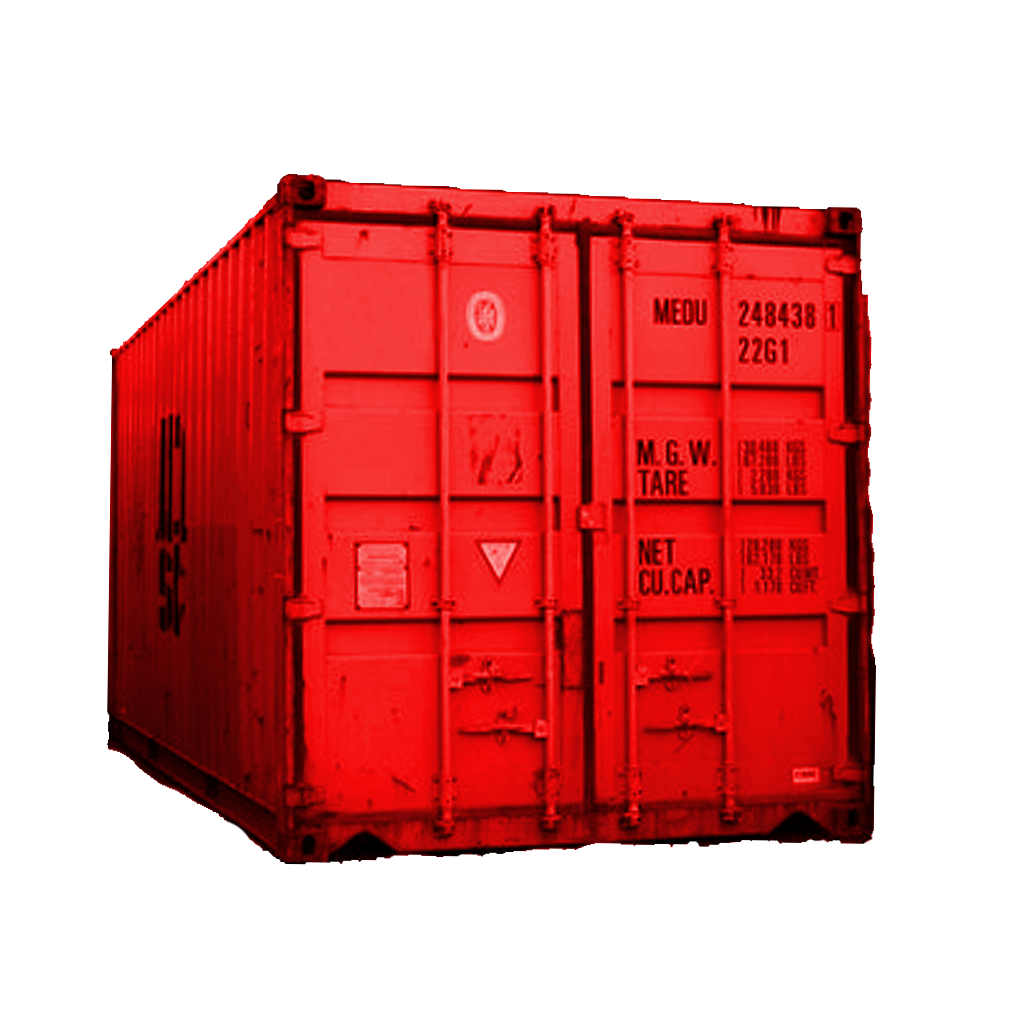COFASTRANS ports improve existing methods to minimise hazards and increase safety for those working in port environments.
- The new Ship to Shore Portal Cranes (SSPCs) are more stable and robustly supported, thanks to the indented berth design.
- The SSPCs can operate effectively at lower speeds, separated by greater distances.
- The indented berth design allows for a more compact port layout, meaning shorter journeys to container stacks and minimal interaction with other hazards.
- The berth-side working areas are larger with less congestion, allowing more flexibility for cargo handling and reducing the likelihood of collisions and accidents.
- COFASTRANS supports automation.
- All mechanical elements and automated controllers applied with conventional cranes can be deployed with SSPCs.
- The indented berth allows a more compact port layout, meaning shorter journeys from the quayside to the container stacks, and minimal interaction with other hazards. This supports more automation of landside vehicles, reducing the need for human intervention.
- Through automated mooring systems, the possibility of mooring line failure is minimised.
- Berthing is carried out with winching and automated systems with some assistance of tugs, as in the Panama Canal, which minimises pilot error and protects both the quayside infrastructure and the ship from damage.
- The indented berth shelters the ship from the external environment and potential collisions with other vessels.
Container vessel entering the Panama Canal with the assistance of tugs


